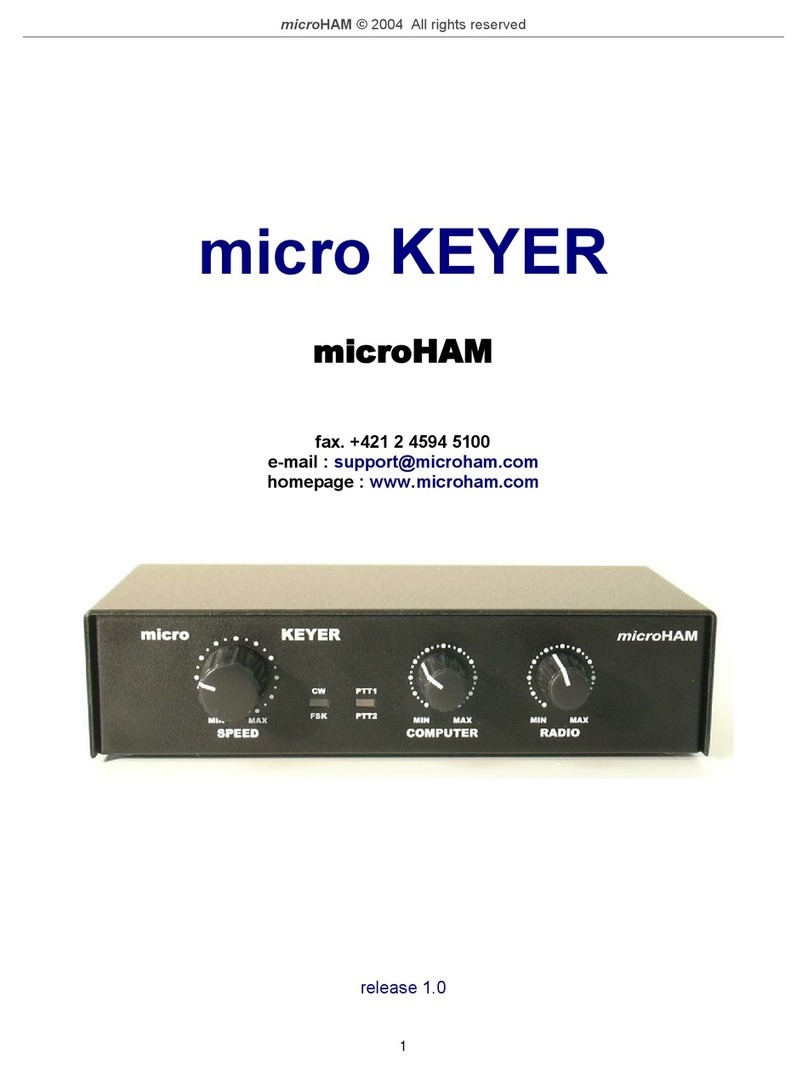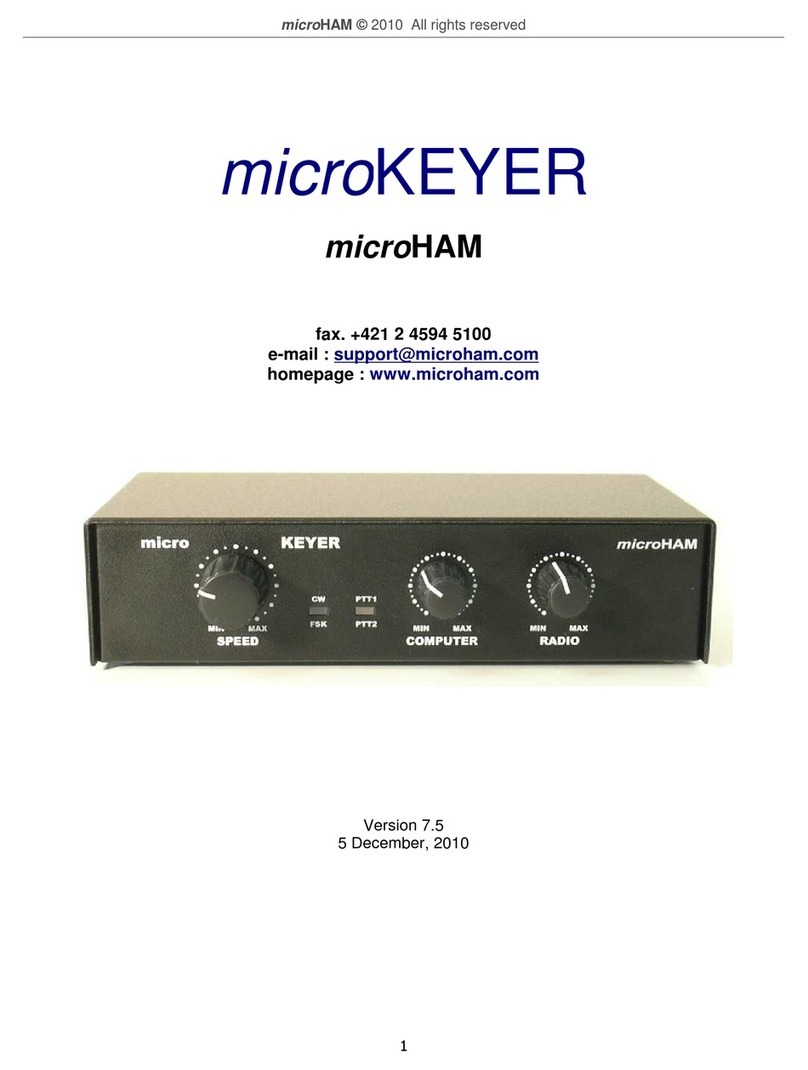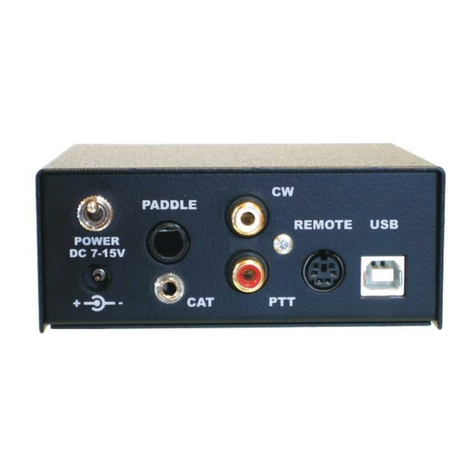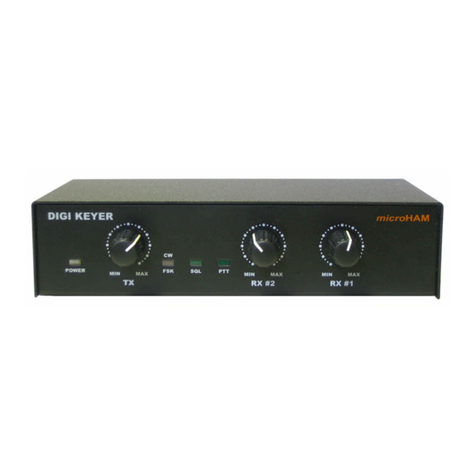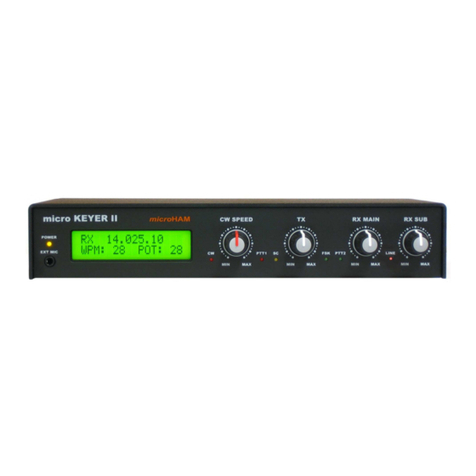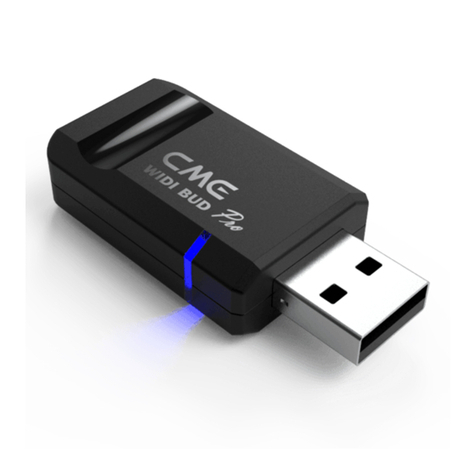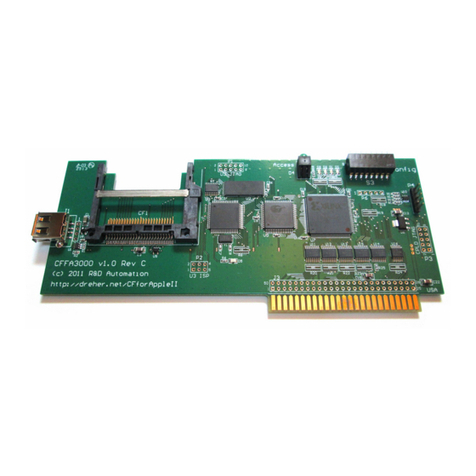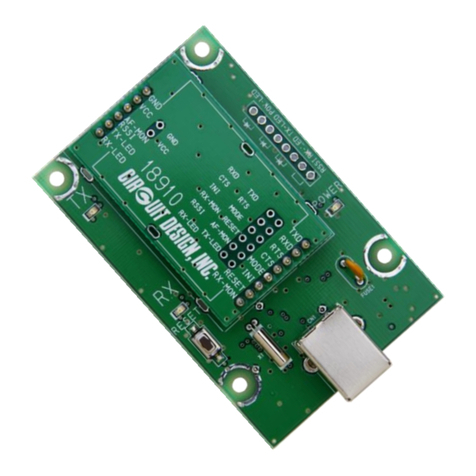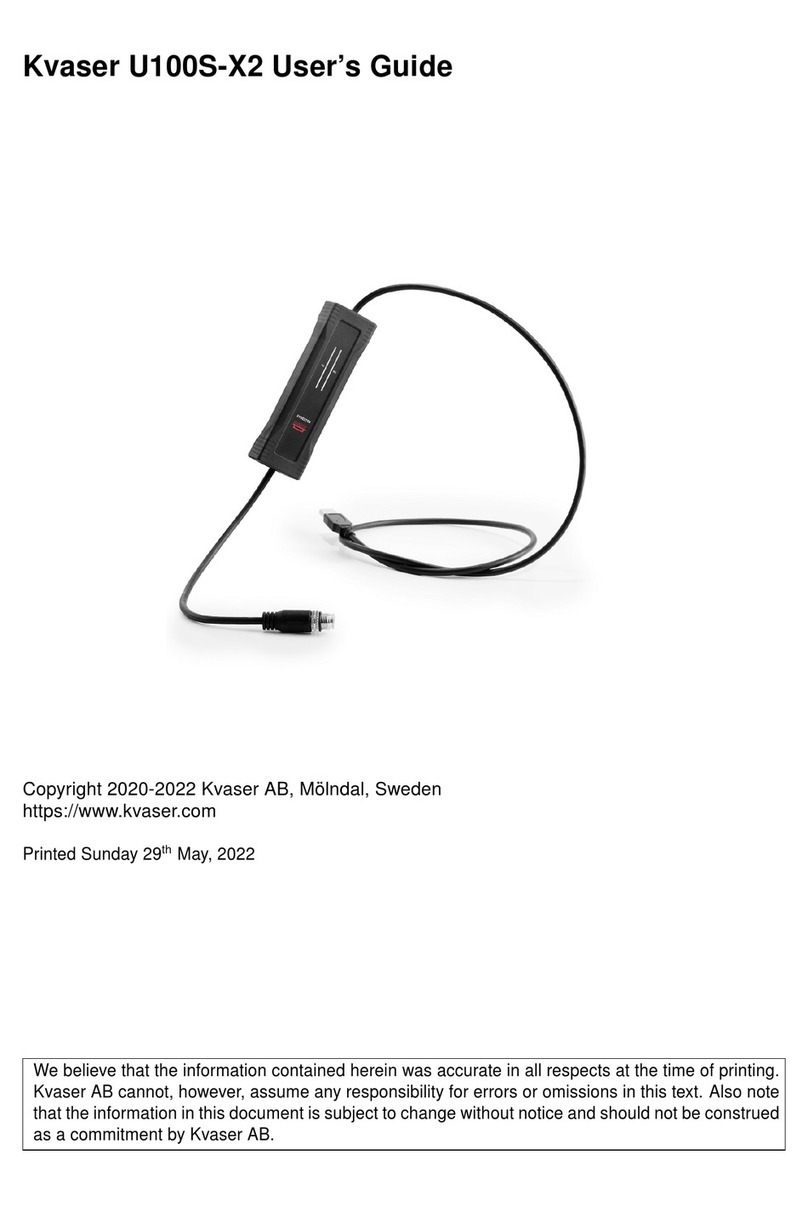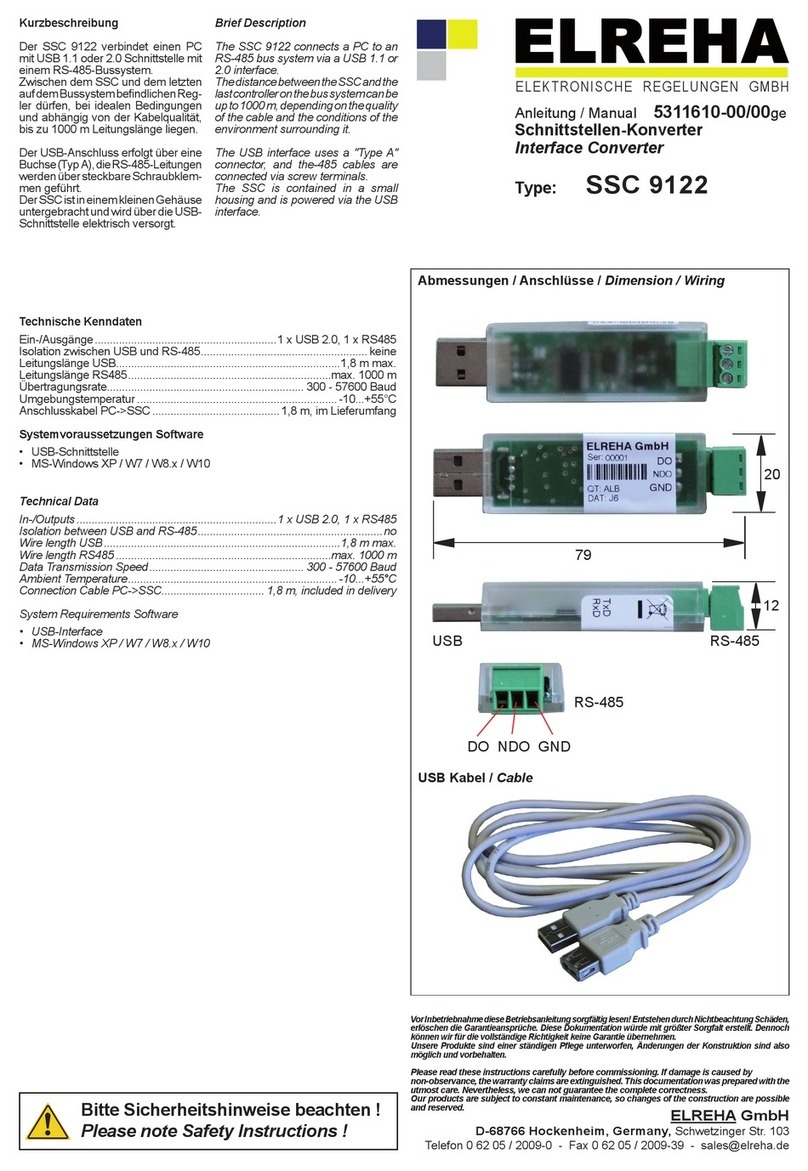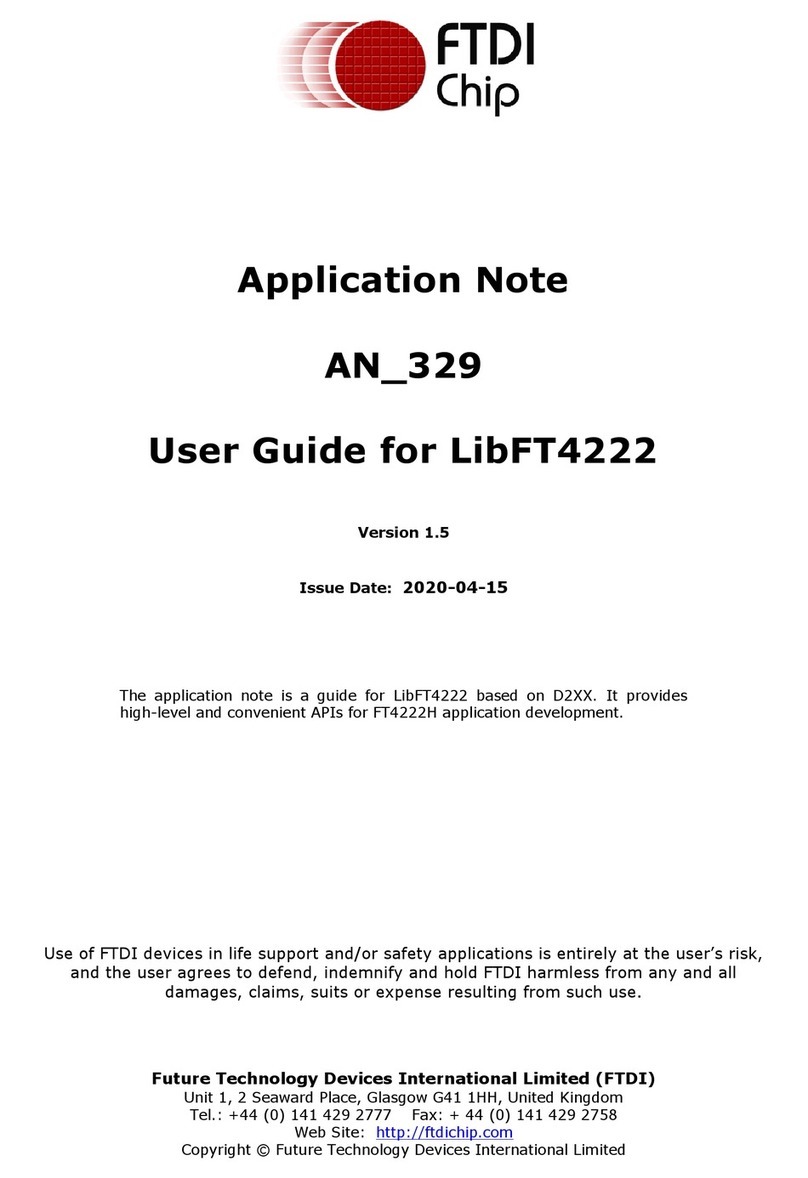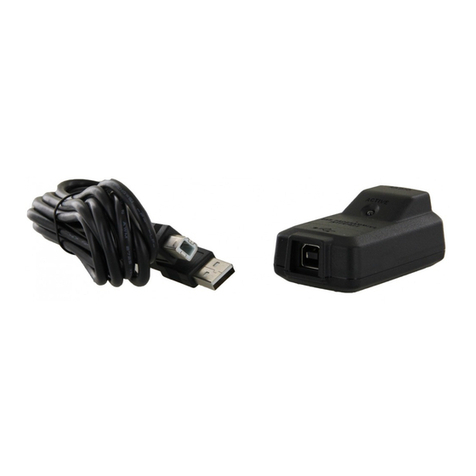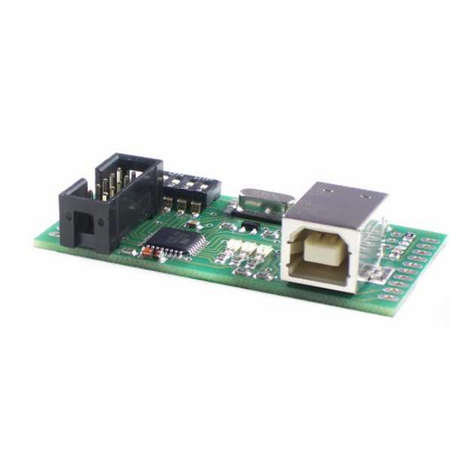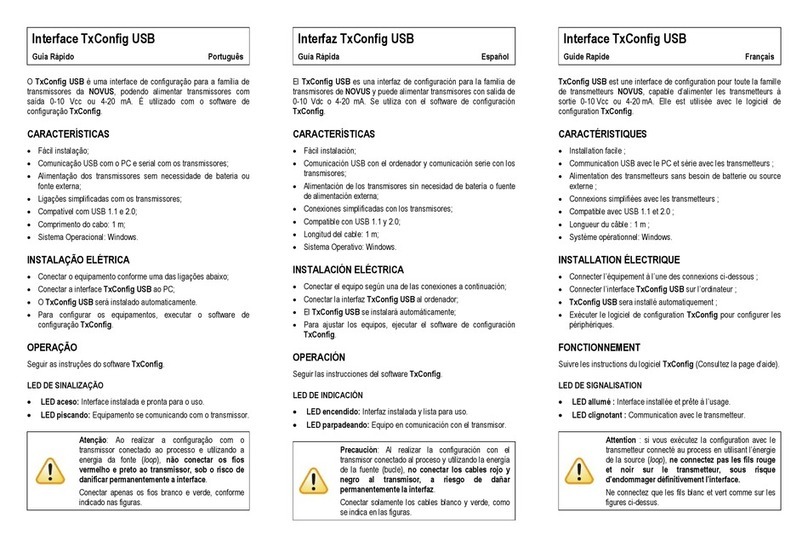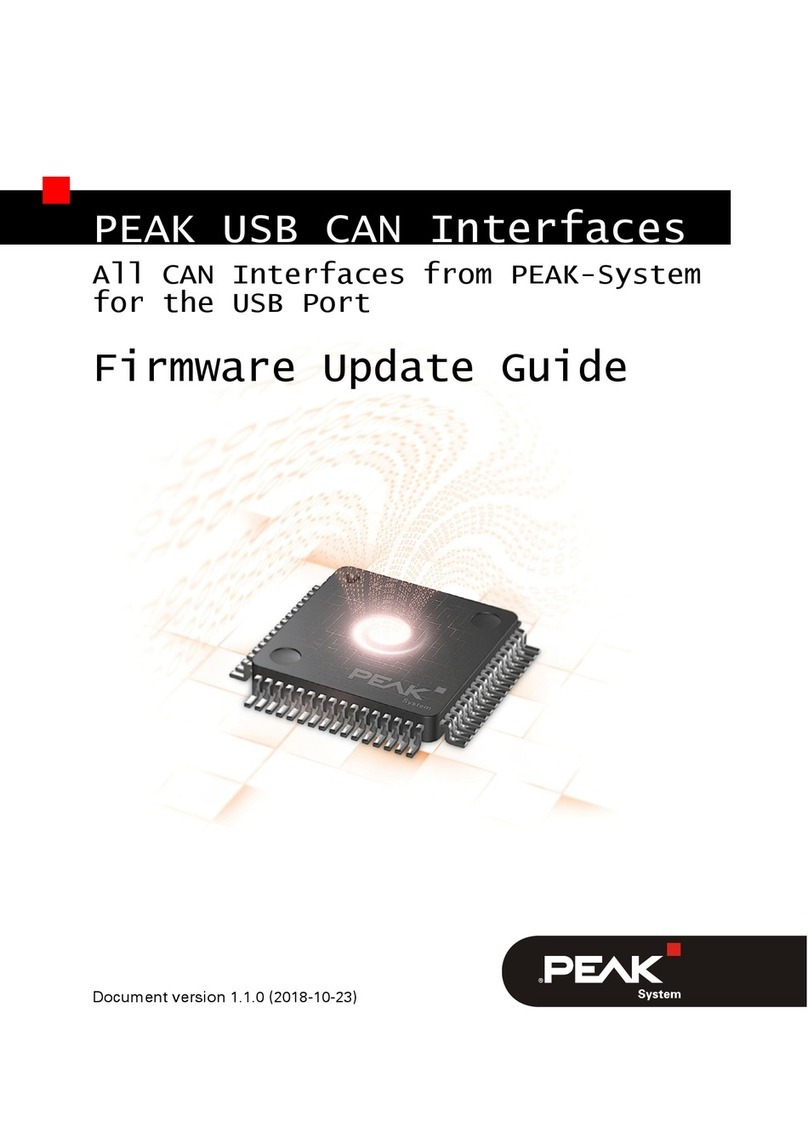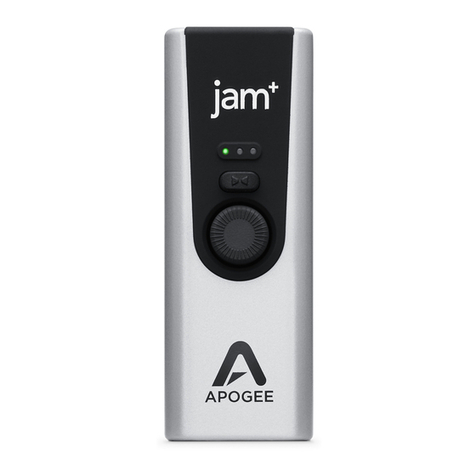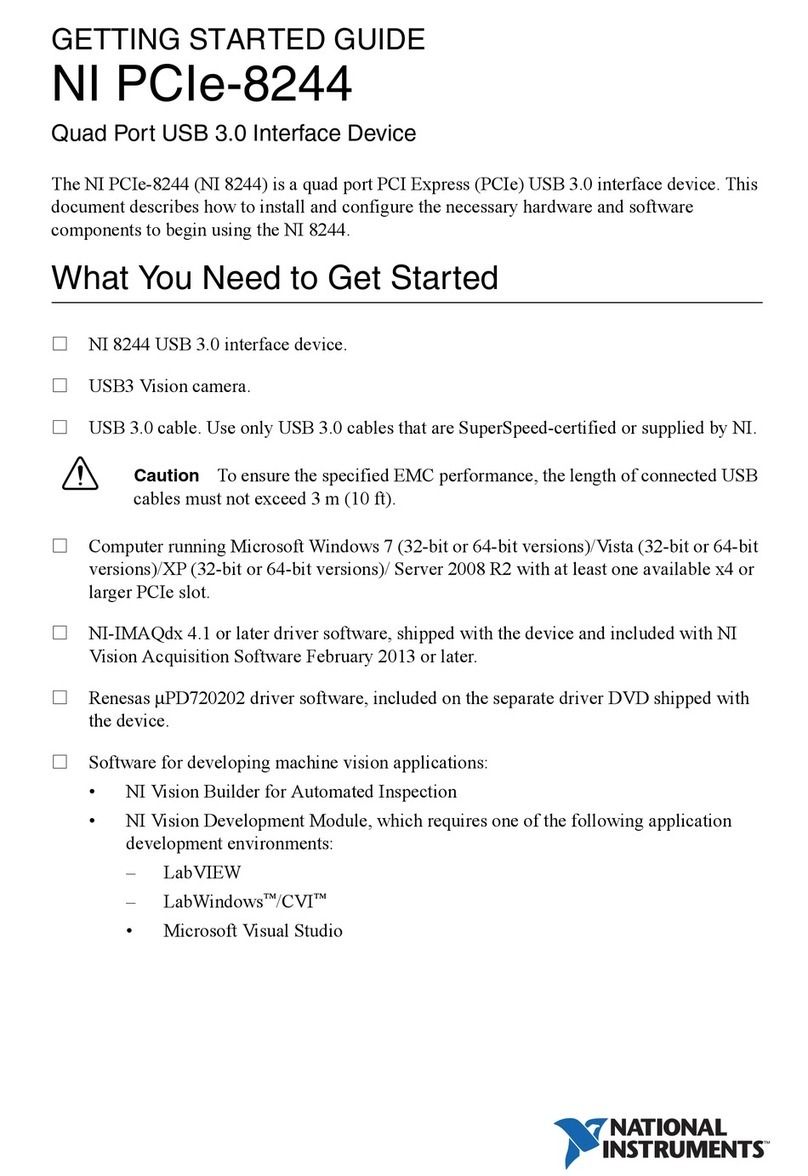
Copyright © microHAM™
microHAM America, LLC Box 1257 Geneva, FL 32732
micro KEYER -Audio Routing settings
General notes
micro Keyer provides extensive flexibility in routing audio among the computer sound card,
transceiver, and station microphone. This allows customizing the audio configuration to meet
the needs of a specific software program and operator requirements for particular operating
mode.
From transceiver through micro KEYER to the computer.
micro Keyer always routes audio from the transceiver to the computer sound card; operation is
"What you hear is what you get." Receive audio (including monitor audio and sidetone if the
transceiver supports it) goes to the computer SOUND CARD LINE IN. This allows real time
decoding of digital modes (RTTY, PSK31, etc.) and/or recording the received audio directly to a
computer file.
An audio cable must be connected from the micro KEYER SOUND CARD IN jack to the
computer SOUND CARD LINE IN.If the computer does not have a LINE input, the
MICROPHONE input can be used but the micro KEYER end of the cable must remain plugged in
to the IN jack.
From computer through micro KEYER to the transceiver.
Audio generated by the computer can be used for several purposes. For example, it can be
used as memory voice keyer in voce modes (SSB, AM, FM), or for modulation of digital modes
(AFSK/RTTY, PSK31, MFSK, etc.). The micro KEYER provides three audio routing settings:
Setting Adisconnects the computer audio and connects the microphone to the transceiver
microphone input; Setting Broutes the computer audio to the transceiver rear panel audio
input (PKT or AUX depending on manufacturer); Setting Croutes the computer audio to the
transceiver microphone input. Since the PKT or AUX input of most radios bypasses the
microphone preamp and other audio processing stages which can distort digital modulation
generated by the sound card, Setting B is recommended for digital mode operation.
An audio cable must be connected from the micro KEYER SOUND CARD OUT jack to the
computer SOUND CARD LINE OUT or HEADPHONES jack.
From station microphone to the computer or to the transceiver.
A microphone which matches the pinout of your radio should be attached to the micro KEYER
RJ45 connector. If the transceiver and microphone are terminated with circular 8 pin FOSTER
connector, the (optional) cable set contains an adapter. Heil microphones can be used directly
by plugging them into the EXT MIC jack located on the rear panel of micro KEYER. Setting A
connects the station microphone to the transceiver microphone jack. Setting B or C connects
the station microphone to the computer SOUND CARD MIC IN.
When the station microphone is connected to the SOUND CARD MIC IN, an optional pre-
amplifier can be enabled by moving two internal jumpers to the second position. The sound
card microphone input is usually not sensitive enough for low level dynamic microphones (like
the Heil elements) and the preamplifier needed to provide sufficient drive for sound card
operation.
An audio cable must be connected from the micro KEYER SOUND CARD MIC jack to the
computer SOUND CARD MIC IN jack.
